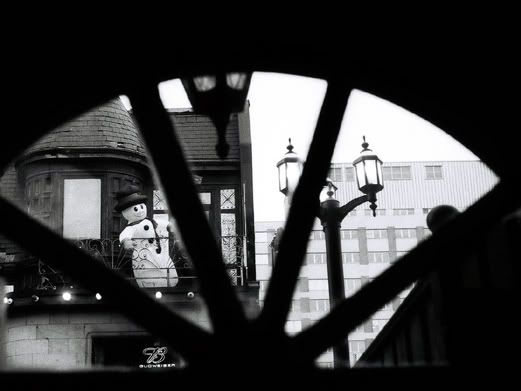proenca
Proenca
Hi there,
Im quite addicted to bokeh, and Im missing it in Leica M. I have two lens so far ( as I come from a SLR bakcground ) >
35 F2 ASPH
and
90 F2 ASPH
35F2 as a very distinct signature, and the 90 is just super duper sharp. If the background is somewhat distant then the main subject, the bokeh is fine. But if the planes are somewhat close, its mayhem, evyerthing is sharp - even stuff in the bokeh area.
Left me wondering - there are from time to time, people here talking about old 'crons and alike, that have a nice bokeh signature ( I do like noctilux one, I dont like its size AND price tag ).
I want something ( preferably 28 to 90 ) that delivers a nice smooth dreamy bokeh.
Ideas ?
Thank you in advance
Im quite addicted to bokeh, and Im missing it in Leica M. I have two lens so far ( as I come from a SLR bakcground ) >
35 F2 ASPH
and
90 F2 ASPH
35F2 as a very distinct signature, and the 90 is just super duper sharp. If the background is somewhat distant then the main subject, the bokeh is fine. But if the planes are somewhat close, its mayhem, evyerthing is sharp - even stuff in the bokeh area.
Left me wondering - there are from time to time, people here talking about old 'crons and alike, that have a nice bokeh signature ( I do like noctilux one, I dont like its size AND price tag ).
I want something ( preferably 28 to 90 ) that delivers a nice smooth dreamy bokeh.
Ideas ?
Thank you in advance









